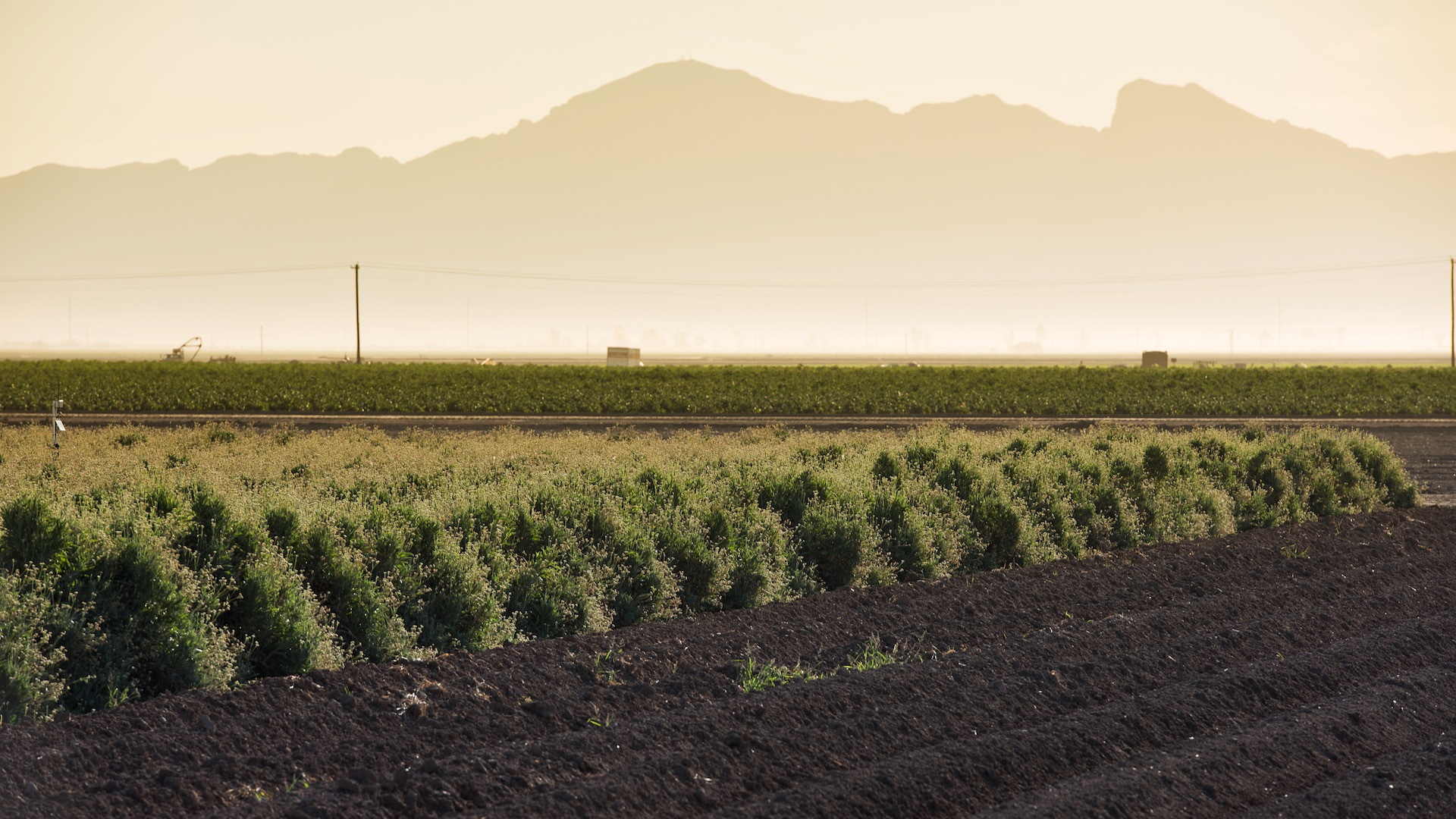To make tire production more sustainable, Bridgestone is turning to a desert shrub called guayule as a source of natural rubber.
Native to northern Mexico and the southwestern United States, guayule is a heat-tolerant source of natural rubber that can be used to make tires, Bridgestone said in a recent press release. Natural rubber can be extracted from guayule’s branches, bark, and roots, and it can be farmed with existing crop-row equipment, according to the company.
Cultivating guayule helps diversify the world’s natural rubber supply, allows Bridgestone to produce more rubber locally for the U.S. market, and contributes to the tire maker’s sustainability goals. Bridgestone aims to achieve carbon neutrality and make tires from 100% renewable materials by 2050.
Guayule plants to be used as a rubber source for Bridgestone tires
To meet those goals, Bridgestone is looking at both increased recycling of end-of-life tires and alternatives to non-renewable materials like oil, silica and virgin carbon black currently used in tires. That’s where guayule comes in.
Bridgestone started its guayule research in earnest in 2012, when it broke ground on a guayule processing and research center in Mesa, Arizona. Tires made with the plant were used for the first time in IndyCar racing earlier this year. Bridgestone hopes to commercialize guayule natural-rubber tires by 2030 in passenger cars and other applications.
Other companies are also looking for ways to make tires more sustainable.
Firestone Firehawk IndyCar race tires made with guayule rubber
According to Tesla, the CCS Combo 1 adapter will require a retrofit to enable its use for some vehicles, and that retrofit won’t be detailed until early 2023.
Why did Tesla issue a safety recall for more than a million vehicles this week? What is Volvo calling the fully electric counterpoint to its XC90 SUV? This is our look back at the Week In Reverse—right here at Green Car Reports—for the week ending September 23, 2022. The 2023 Kia…
GM and the Environmental Defense Fund asked the EPA to develop emissions standards yielding a 60% reduction in greenhouse gas emissions by the 2030 model year.
Faraday confirmed that the rating is for models with a 142-kwh battery pack. Faraday is taking pre-orders for the Futurist and a Futurist Alliance model, with pre-orders for an unnamed base model to open at a later date.
Volvo announces the EX90 electric SUV. Tesla recalls more than a million vehicles. And should we tax the rich to pay for EV infrastructure? This and more, here at Green Car Reports. Californians will get to vote later this year on a ballot measure that would increase taxes on those making over $2…
Over 1 million Teslas have a window-safety issue; company promises over-the-air fix is in the works.
California voters will soon get to decide whether to raise taxes on residents making more than $2 million a year and use some of that for EV-related initiatives.
The EX90 will use next-generation sensors and software that might help prevent deadly crashes.
Fisker chose Wallbox for home charging. Sono is applying its solar tech beyond its Euro-market Sion EV. And GM and Hertz are teaming up for more electric vehicles in the rental fleet. This and more, here at Green Car Reports. The rental-car giant Hertz plans to order 175,000 GM EVs over five years…
Deliveries will start in the first quarter of 2023 with the Chevrolet Bolt EV and EUV and will eventually include EVs from the Chevy, Buick, GMC, Cadillac, and BrightDrop brands.
Wallbox will market its Pulsar Plus charger to North American Fisker owners, and the Pulsar Max to European owners, with units for purchase through the Fisker website.
Power from the sun could save up to 396 gallons of diesel per bus, annually, or 50% of the additional energy needs for refrigerated trailers.

